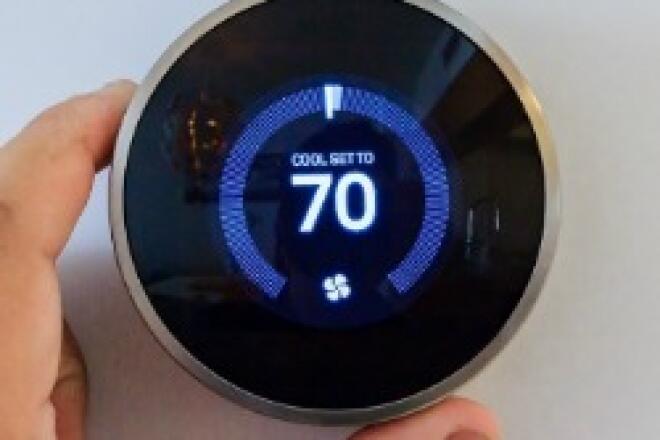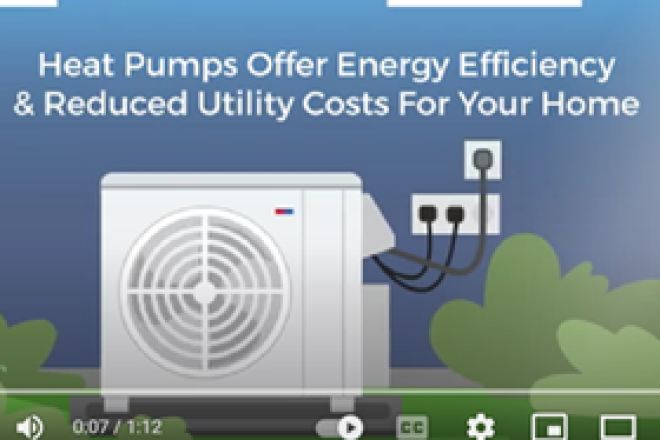
3 Ways Energy Evolved This Past Decade
As the calendar flips to a new year, it's an apt time to look back and reflect on the decade in the rear-view mirror, and for the energy industry, this means attempting to grasp the massive change that's taken place in how we produce, deliver and use energy.
Without a doubt, the 2010s have been one of the greatest periods of change since the development of electric power during the Second Industrial Revolution. Back in 2009, renewable energy was just a blip on the radar of total electricity generation (and prohibitively expensive); large-scale energy storage was a far-off pipedream; the electric grid was largely unchanged since the early days; and meters were still mostly read manually.
Today, there has been tremendous change in all of these areas and others, as the production and delivery of energy becomes cleaner, smarter and more efficient. Let’s look at three of the biggest areas of change and what they might mean for you:
1. The majority of Americans now have smart meters at their homes.
At the start of the last decade, the electric grid was largely unchanged since its development over one hundred years ago. However, the grid has, for the most part, been modernized with digital equipment that offers many benefits for society and individuals: It reduces outages, facilitates real-time troubleshooting, makes widespread renewable energy adoption feasible, equips the grid to meet increasing demand and much more.
A large part of this “smart grid” transformation has been the addition of smart electric meters at both residences and businesses. Back in December 2009, approximately 13 million smart meters had been installed in the United States, while that figure will likely exceed 100 million at some point in 2020. This means that the vast majority of Americans now have a smart meter at their home, and this opens the door to numerous benefits.
Due to the two-way communications abilities of a smart meter, you may have access to much more detailed data about your energy use, enabling you to know when and why your usage is above average. In the event that your power goes out, the smart meter notifies the utility instantly, and you may have access to alerts and info through your smartphone. These are just a few other benefits that smart meters can deliver; in many ways, smart meters are the gateway to giving you more control over your home’s energy usage.
2. Renewable energy costs dropped dramatically and installations boomed.
Another big change over the past decade has been the remarkable drop in the costs of both wind and solar energy and the rapid growth that's taken place as a result. According to the Solar Energy Industries Association, total solar installations in the U.S. hit 2.6 gigawatts (GW) in 2010, enough to power more than half a million homes. In the third quarter of 2019 alone, 2.6 GW of solar were installed, and there’s now enough solar energy in the United States to power about 14 million homes.
Over this same period of time, the cost to install solar has dropped by more than 70 percent. Prices as of Q3 2019 are at their lowest levels in history, and an average-sized residential system has dropped from a pre-incentive price of $40,000 in 2010 to roughly $18,000 today, while utility-scale solar is now cost competitive with all other forms of generation.
These trends have been very similar for wind energy – although wind currently has more total generating capacity than solar at over 100 GW. That’s compared to just 35 GW of total capacity at the end of 2009. Like solar, the cost of wind energy has dropped significantly over the past decade, and it is also competitive with – or cheaper than – other generation sources. Improvements in technology and reductions in cost mean that these sources of electricity will continue to grow strongly in the years ahead.
3. The smart home is making it easier to take control of your home’s energy usage.
At the same time, there have been major technological advances going on in the home that are enabling better control over your home’s energy usage, namely smart home technology. Back in 2010, smart thermostats were just getting their start: ecobee only offered one model that retailed at nearly $400, and Nest Labs was just being founded by former Apple engineers. Today, with numerous models available, smart thermostats are becoming commonplace in American homes, and many are using them to achieve real savings on energy.
However, smart thermostats are far from the only WiFi-connected product that’s emerged over the last decade that can help you save money. For example, smart outlets and plugs help make any “dumb” appliance smart and can help you cut back on standby power (or “vampire energy”), which can account for 5-10 percent of a home’s total energy usage. With these devices, you can control power to the outlet or plug and even shut off select appliances when you’re away from home.
 The past decade also witnessed the evolution and mainstreaming of LED light bulbs, which use 75 percent less energy than incandescent bulbs and last much longer. LEDs are now often available in “smart” versions that can be dimmed to use less electricity or controlled remotely in case you forgot to turn them off – plus they can often change colors and offer other aesthetic benefits over normal light bulbs. With the smart application of smart home technology, you can improve the convenience and comfort of your home, while also cutting back on your energy costs.
The past decade also witnessed the evolution and mainstreaming of LED light bulbs, which use 75 percent less energy than incandescent bulbs and last much longer. LEDs are now often available in “smart” versions that can be dimmed to use less electricity or controlled remotely in case you forgot to turn them off – plus they can often change colors and offer other aesthetic benefits over normal light bulbs. With the smart application of smart home technology, you can improve the convenience and comfort of your home, while also cutting back on your energy costs.
A new, cleaner era for energy
These are just a few of the massive changes that have taken place over the past decade. In addition, electric vehicles are becoming commonplace on the roads thanks to reductions in cost, the availability of new models and improvements in the technology, while energy storage has seen a similar trajectory. These innovations are creating a smarter, cleaner and better energy future for all of us, and there’s never been a better time for you to engage in energy.
If you’re looking for ways that you can engage in energy and start saving money around your home, check out our three Ways to Save on Energy fact sheets here.



